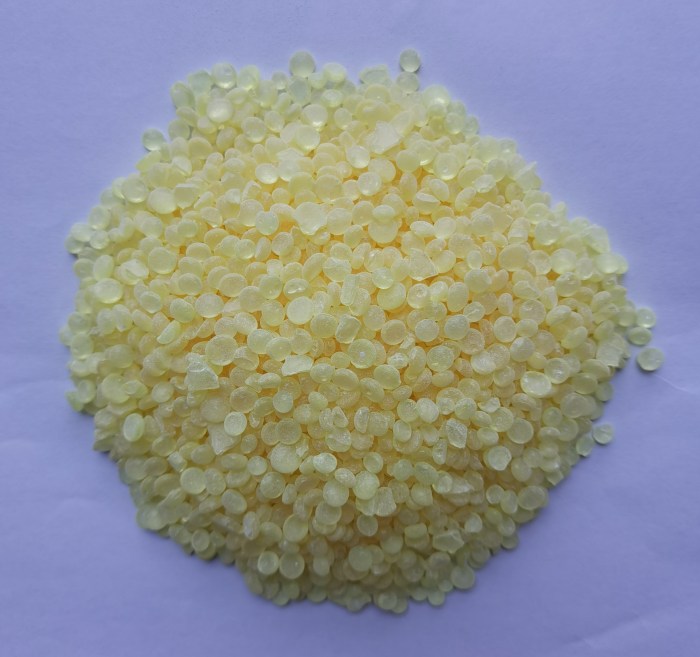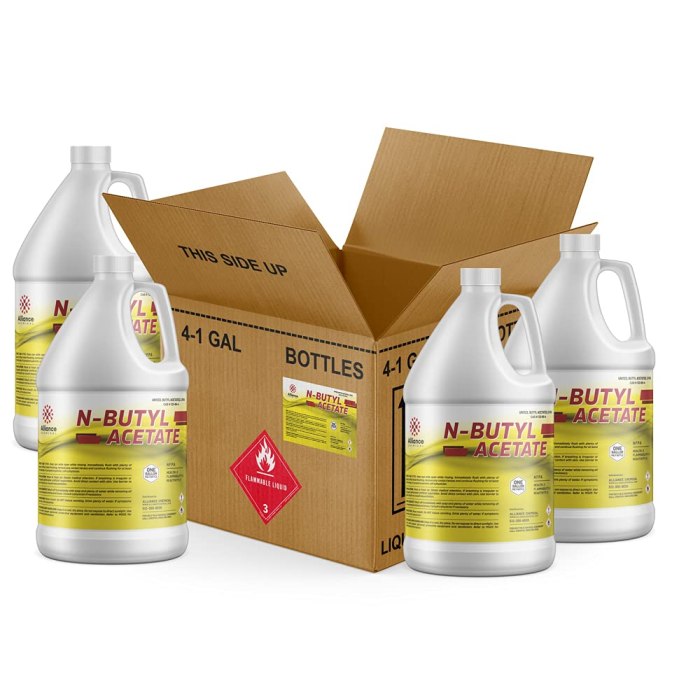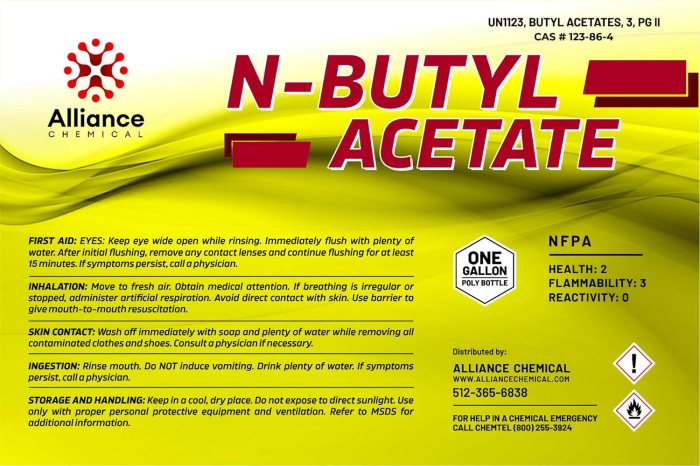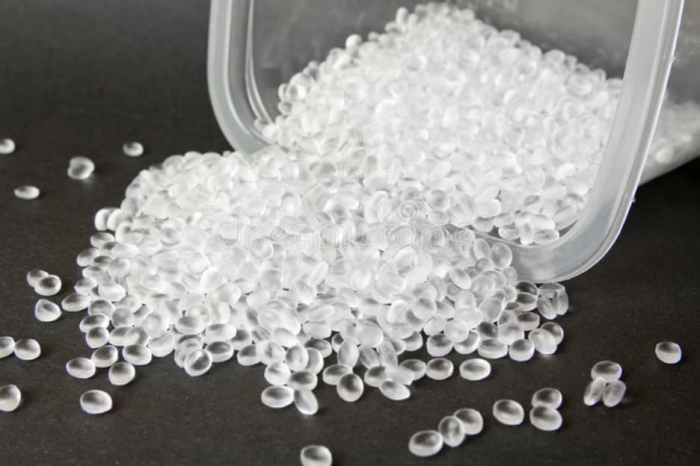Nail resins are made from – As nail resins take center stage, this opening passage beckons readers into a world crafted with expert knowledge, ensuring a reading experience that is both absorbing and distinctly original.
Delving into the intricacies of nail resin composition, manufacturing processes, and diverse applications, this comprehensive guide unravels the secrets behind the materials that shape the art of nail enhancements.
Nail Resin Composition: Nail Resins Are Made From

Nail resins are primarily composed of a blend of polymers, monomers, and other additives. The specific formulation varies depending on the desired properties of the resin, such as its strength, flexibility, and adhesion.
The main components of nail resins are:
- Polymers: Polymers are long chains of repeating units that form the backbone of the resin. They provide strength and durability to the resin.
- Monomers: Monomers are small molecules that react with polymers to form a cross-linked network. This cross-linking process creates a strong and durable bond between the polymer chains.
- Additives: Additives are used to modify the properties of the resin, such as its color, opacity, and adhesion. Common additives include pigments, dyes, and UV inhibitors.
Common Nail Resin Formulations
There are several common formulations of nail resins, each with its own unique properties. Some of the most common formulations include:
- Acrylic resins: Acrylic resins are made from a combination of acrylic monomers and polymers. They are known for their strength, durability, and adhesion to the natural nail.
- Gel resins: Gel resins are made from a combination of gel monomers and polymers. They are known for their flexibility, shine, and ability to be cured under a UV lamp.
- Polygel resins: Polygel resins are a hybrid of acrylic and gel resins. They combine the strength of acrylic resins with the flexibility of gel resins.
Manufacturing Process of Nail Resins
The manufacturing process of nail resins involves several steps to ensure the production of high-quality and consistent products. It encompasses various stages, each employing specific equipment and techniques.
Raw Material Preparation
The initial step involves preparing the raw materials used in the resin formulation. This includes weighing and mixing the appropriate proportions of monomers, oligomers, and additives. The raw materials are typically obtained from reputable suppliers and undergo rigorous quality control checks to ensure their purity and compatibility.
Resin Synthesis, Nail resins are made from
In this stage, the prepared raw materials are subjected to a controlled chemical reaction known as polymerization. The process is typically carried out in a reactor vessel under specific temperature and pressure conditions. The reaction is monitored closely to ensure the desired molecular weight and crosslinking density are achieved, resulting in the formation of the nail resin.
Resin Blending and Additives
Once the resin is synthesized, it undergoes a blending process to achieve the desired properties. This involves adding various additives such as plasticizers, pigments, and UV stabilizers. The additives are carefully selected to enhance the resin’s flexibility, color, and resistance to sunlight exposure.
The blending process is conducted in a controlled environment to prevent contamination and ensure uniform distribution of the additives.
Quality Control and Testing
Throughout the manufacturing process, rigorous quality control measures are implemented to ensure the consistency and performance of the nail resins. Samples are regularly tested for properties such as viscosity, adhesion, and durability. These tests are performed using standardized methods and equipment to guarantee the products meet the required specifications.
Packaging and Storage
The finished nail resins are packaged in suitable containers, such as bottles or jars, to protect them from environmental factors. Proper labeling and storage conditions are maintained to ensure the resins remain stable and retain their properties until use.
Types of Nail Resins

Nail resins vary widely in their chemical composition and properties, leading to distinct characteristics and applications.
Nail resins are primarily made from a combination of acrylic monomers and polymers. These resins are designed to adhere strongly to the nail plate, providing a durable and long-lasting finish. Incidentally, do you know how long was Ezekiel mute ? Returning to our topic, nail resins also contain pigments that provide color and opacity, as well as plasticizers that enhance flexibility and prevent brittleness.
Categorization of Nail Resins
Nail resins can be broadly classified into three main types based on their chemical structure and performance:
- Acrylic Resins: These are hard, durable resins formed from the polymerization of acrylic monomers, such as methyl methacrylate. They offer excellent adhesion, durability, and resistance to chipping and cracking, making them ideal for long-lasting nail enhancements.
- Gel Resins: Gel resins are UV-curable resins that form a soft, flexible finish. They are often used for natural-looking manicures and pedicures, as they allow for easy shaping and provide a glossy shine. Gel resins are also less likely to cause allergic reactions than acrylic resins.
- Hybrid Resins: Hybrid resins combine the properties of both acrylic and gel resins, offering a balance of durability, flexibility, and ease of application. They are often used for nail extensions and overlays, providing a strong and natural-looking finish.
| Type | Chemical Composition | Properties | Applications |
|---|---|---|---|
| Acrylic Resins | Polymerized acrylic monomers | Hard, durable, resistant to chipping and cracking | Long-lasting nail enhancements |
| Gel Resins | UV-curable resins | Soft, flexible, glossy finish | Natural-looking manicures and pedicures |
| Hybrid Resins | Combination of acrylic and gel resins | Balanced durability, flexibility, ease of application | Nail extensions and overlays |
Properties of Nail Resins

Nail resins, commonly used in nail enhancements, possess unique mechanical, physical, and chemical properties that influence their performance and durability. Understanding these properties is crucial for selecting the appropriate resin for specific nail applications.
Mechanical Properties
Nail resins exhibit various mechanical properties that determine their resistance to external forces. Tensile strength measures the resin’s ability to withstand pulling forces, while compressive strength indicates its resistance to compression. Flexural strength evaluates the resin’s ability to bend without breaking, and impact resistance measures its tolerance to sudden force.
These properties affect the overall durability and strength of nail enhancements.
Physical Properties
Physical properties of nail resins include density, viscosity, and glass transition temperature (Tg). Density refers to the mass of the resin per unit volume, affecting the weight of the nail enhancement. Viscosity determines the flowability and ease of application of the resin.
Tg represents the temperature at which the resin transitions from a glassy to a rubbery state, influencing its flexibility and resistance to cracking.
Chemical Properties
Nail resins exhibit chemical properties such as adhesion, chemical resistance, and stability. Adhesion measures the resin’s ability to bond to the natural nail, ensuring a secure hold. Chemical resistance refers to the resin’s ability to withstand exposure to solvents, chemicals, and environmental factors without degradation.
Stability indicates the resin’s resistance to changes in its chemical structure over time, affecting its long-term performance.
Applications of Nail Resins

Nail resins are widely used in the nail industry to create a variety of nail enhancements and designs. These resins provide strength, durability, and a smooth finish to the nails, making them ideal for various applications.
One of the primary applications of nail resins is in the creation of artificial nails. These resins are used to form the base structure of nail extensions, which can be customized in terms of length, shape, and design. The resins provide a strong and flexible base that can withstand daily wear and tear, making them a popular choice for those who desire long-lasting and durable nails.
Nail Art and Design Techniques
Nail resins also play a crucial role in nail art and design. They are used to create intricate and detailed designs on the nails, such as 3D nail art, encapsulated designs, and glitter gradients. These resins provide a smooth and glossy surface that allows for the precise application of nail art elements, such as glitter, stones, and decals.
The resins help to secure these elements in place, ensuring that the nail art remains intact for a longer duration.
Quick FAQs
What are the primary materials used in nail resins?
Nail resins typically comprise a blend of acrylic monomers, oligomers, and polymers, along with various additives to enhance properties and performance.
How are nail resins manufactured?
Nail resin manufacturing involves a multi-step process that includes mixing raw materials, curing, and shaping to achieve the desired properties.
What are the different types of nail resins?
Nail resins can be categorized based on their chemical composition, including acrylic resins, gel resins, and hybrid resins, each with unique characteristics and applications.
What are the key properties of nail resins?
Nail resins exhibit a range of properties, including adhesion, flexibility, durability, and resistance to chemicals, which influence their performance and suitability for different nail enhancement applications.
How are nail resins used in nail enhancements?
Nail resins serve as the foundation for various nail enhancements, such as acrylic nails, gel nails, and nail tips, providing strength, shape, and the ability to create intricate designs.